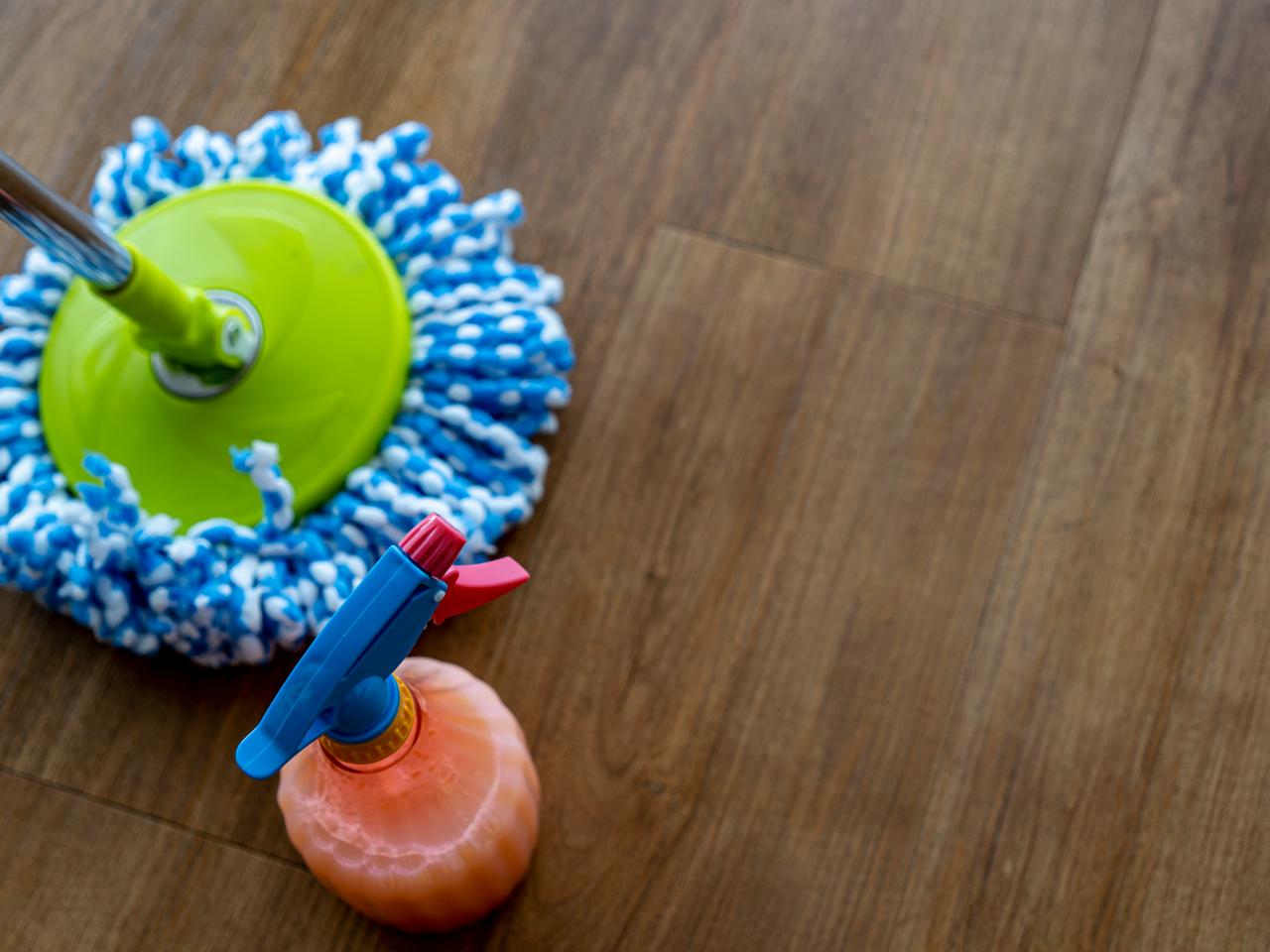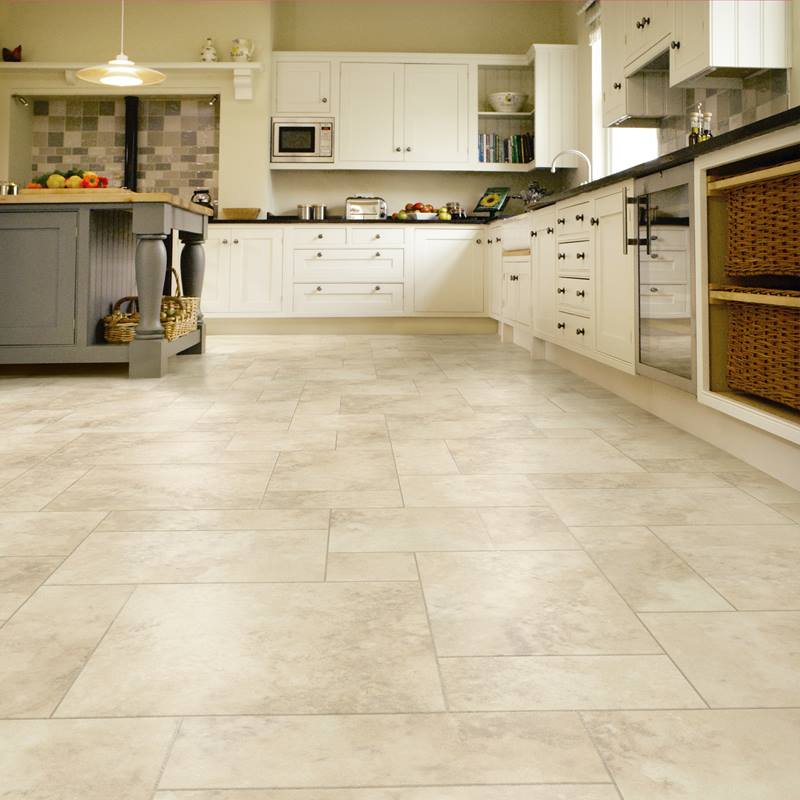Bamboo Flooring Overview: Pros and Cons
Bamboo Flooring Overview: Pros and Cons
Blog Article
This post which follows pertaining to How do you maintain vinyl flooring? is really enjoyable. Give it a try and make your own ideas.

Bamboo flooring is famous for numerous homeowners due to its advantages. It has come to be the major choiced floor for service and property owners whenever there is demand for sustainability.
Nevertheless, bamboo just like wood, is susceptible to damages and also fracturing when humidity degrees fluctuate.
Are you believing concerning bamboo flooring for your home? Count yourself lucky since this short article will certainly reveal you every little thing you require to recognize. We will certainly review its functions to take into consideration. We will certainly additionally review the various sorts of bamboo flooring readily available on the market. Maintain analysis!
Kinds Of Bamboo Flooring
There are three basic alternatives: strand-woven, vertical, and also horizontal. Property owners can pick which kind of bamboo flooring to buy based on their characteristics. Additionally, the purchaser's designated aesthetic influences the chosen Bamboo flooring type.
Engineered Bamboo Flooring
Both strong as well as engineered bamboo flooring choices are offered. Once the bamboo wood fits, it isn't very easy to distinguish between them.
However their distinctions result from their making. Crafted bamboo timber has a slim plywood support.
However, whether engineered or strong, bamboo flooring is durable, resistant, and eye-catching.
Engineered bamboo flooring utilizes the floating wood floor over a thin foam base. They may likewise be in the type of broad planks. They are readily available in widths up to 19 centimeters.
Solid - Horizontal Bamboo Flooring
You will observe that this type is nearly the like vertical bamboo flooring. It has a small variant. Horizontal bamboo is among one of the most preferred sorts of bamboo flooring.
It is made by drying big strips of bamboo, slicing these larger pieces right into thinner strips, and afterwards gluing them to create planks. The boards will certainly after that go through pressure and also warmth to guarantee they are well secured.
Natural bamboo has a lighter shade. Thus, the strips are typically tarnished. While carbonized bamboo will certainly be less hard than normal bamboo, if you need a darker color, it might do you good. It also gives the natural bamboo looks as well as a variety of alternatives.
Strand Woven Bamboo Flooring
Shredding the bamboo to draw out the fibers is among the more tempting steps in generating strand-woven bamboo floors.
The bamboo fiber is frequently mixed with a glue after it's made to a pulp. The material is after that knitted and pressed together under wonderful warmth, as the name recommends.
After making vertical and straight bamboo, the strips serve to develop strand woven bamboo. The eco-conscious customer may locate this function appealing. The factor is that it makes certain that the whole bamboo stalk generates really little waste.
Solid - Upright Bamboo Flooring
Slim strips of dry bamboo timber glued up and down as well as pressed using high warm and pressure create this type of bamboo flooring.
The thinnest side of the bamboo slabs will be in a vertical kind. A company bonding, pushing, as well as lamination will certainly adhere to. Because of their method of signing up with, the bamboo strips include a narrow grain pattern.
The advantage concerning this sort of bamboo flooring is that it is really economical and also long lasting. Additionally, it offers a sophisticated and sophisticated floor finish. It is not commonly available.
When Selecting Bamboo Flooring, features And Also What to Maintain in Mind
With a multi-layered finish, bamboo flooring will certainly be quite long lasting. Yet keep in mind that future touch-ups may require a more experienced flooring specialist.
Using your finish will certainly make matching repair work easier when established up in your residence. The finish will not last as long as manufacturing facility coatings.
Apart from that, right here are some amazing attributes of bamboo flooring.
Eco-Conscious
This flooring originates from a natural plant called the bamboo plant. So when contrasted to other tree types made use of to make hardwood flooring, bamboo expands even more and much faster.
Inexpensive Maintenance
You can maintain bamboo flooring in good condition by cleansing as well as damp mopping. So regardless of being a lot more prone to scrapes, bamboo flooring is very easy to maintain.
You might obtain bamboo floors that are comparable to new by sanding them down and also applying a fresh layer of paint.
Resilient
Bamboo flooring is not developed equal. There are several types of bamboo, and the different techniques used to transform it into slabs influence its sturdiness.
Thus, bamboo, like hardwood flooring, can end up being prone to wear and tear in time. Also, scraping, cracking, and also other damage may take place. You can also sand some bamboo to resemble hardwood, however not all.
Bottom Line
It's straightforward to know why bamboo flooring has actually come to be more favored nowadays. For virtually any house, bamboo provides many strong as well as sound remedies for the environment. Therefore, bamboo flooring may be the best alternative for upgrading your flooring.
We will additionally talk about the different kinds of bamboo flooring available on the market. Home owners can choose which kind of bamboo flooring to buy based on their qualities. Horizontal bamboo is one of the most prominent types of bamboo flooring.
While carbonized bamboo will be much less difficult than normal bamboo, if you need a darker shade, it might do you good. After making horizontal and vertical bamboo, the strips serve to develop strand woven bamboo.
Bamboo Flooring
Manufacture of Bamboo Flooring
Stranded bamboo is made by shredding the bamboo stalks into small strands, which are compressed into sheets using heat and resin binders, then cut into planks to use as building materials. This form of flooring is available both as tongue-and-groove planks that are nailed down, as well as planks that float over the underlayment. This is a premium form of bamboo flooring, available in many colors.
Horizontal bamboo flooring is manufactured by cutting the strands into thin strips which are then glued together to form planks. This type of flooring has a "grain," since the long stalk fibers are visible in the flooring. This type of bamboo is not as hard or durable as stranded bamboo, but it can have a very striking appearance. It, too, is available both in nail-down planks and as floating floor planks.
Engineered bamboo flooring is made by bonding a thin layer of bamboo onto a plywood or MDF core. This flooring is comparable to engineered hardwood and is installed in the same way—usually with click-lock planks that float over a foam underlayment. It is the least expensive (and least durable) form of bamboo flooring, and it cannot be refinished.
Unless it is stained, most bamboo flooring has a natural blonde or amber color that resembles unfinished maple or birch, but darker tones are available through a process called carbonizing, which entails subjecting the planks to high temperatures. While the color can be very attractive, carbonized bamboo is softer than uncarbonized forms, and is more susceptible to scratching.
Eco-Friendliness
Environmentally conscious consumers are often drawn to bamboo as a wholly renewable resource. Unlike the hardwood lumber industry, where trees can take decades to mature, bamboo stalks grow so fast that there is little environmental liability to the harvest practices. Moreover, bamboo stalks that are cut simply continue to grow and replenish themselves so that they can be harvested.
But the manufacturing process creates other environmental concerns. Bamboo floor planks are manufactured by slicing or shredding the stalks of bamboo grass plants and then compressing the pulp back together using heat, pressure, and a resin-based adhesive identical to those used in many other flooring products. This adhesive often contains urea-formaldehyde that can outgas into the air.1
The level of adhesive used and the amount of toxins emitted will vary, depending on how the bamboo planks are manufactured. Cheaper products may contain more formaldehyde, while more expensive products may use alternative materials in the resins. The amount of formaldehyde used in bamboo flooring is similar to that found in engineered hardwood flooring or MDF sheathing, and it tends to be a problem only for sensitive individuals.2 But if this concerns you, look for bamboo products labeled as formaldehyde-free.
Bamboo Flooring Cost
This material is priced at about the same level as most hardwood floors. You can find bamboo flooring products ranging from about $2 to $8 per square foot, with a national average of $3.84 per square foot. Installation costs for bamboo flooring are much the same as for hardwood flooring. On average, figure on adding about $4 per square foot for installation labor in addition to the cost of materials. You should be able to get a good-quality bamboo installed for less than $10 per square foot, including materials and labor.
https://www.thespruce.com/benefits-and-drawbacks-of-bamboo-floors-1314694

Do you enjoy reading up on How to Care for Vinyl Flooring?? Write a short review down the page. We would be interested to know your ideas about this article. In hopes to see you back again before long. Don't hesitate to set aside a second to share this post if you appreciated it. Thank-you for going through it.
Report this page